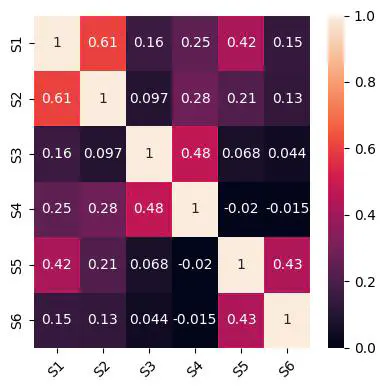Including a contemporary NLP application within an introductory course: an example with student feedback from a University of Applied Sciences

Abstract
The recent extensive media coverage of Large Language Models and their applications like ChatGPT have created an unprecedented awareness and curiosity related to Natural Language Processing (NLP) amongst university students from different fields. However, students must understand and master a number of theoretical topics before they can understand how such models work and how they are applied to real-life examples. Within an introductory NLP course at a University of Applied Sciences, we asked ourselves how to best include teaching material related to contemporary applications in order to encourage students to experiment on their own, not only within the course but also later in their studies or in an industrial setting. What could be the major components and how could it be made accessible for students from different programs? What would be the added value compared to a plethora of existing online videos and tutorials? We present our experience with a step-by-step session on a contemporary applied topic, namely Semantic Textual Similarity. We share the examples, the visualization, the slides and the code samples used in the session. We discuss the students’ feedback as well as further possibilities for similar future sessions.